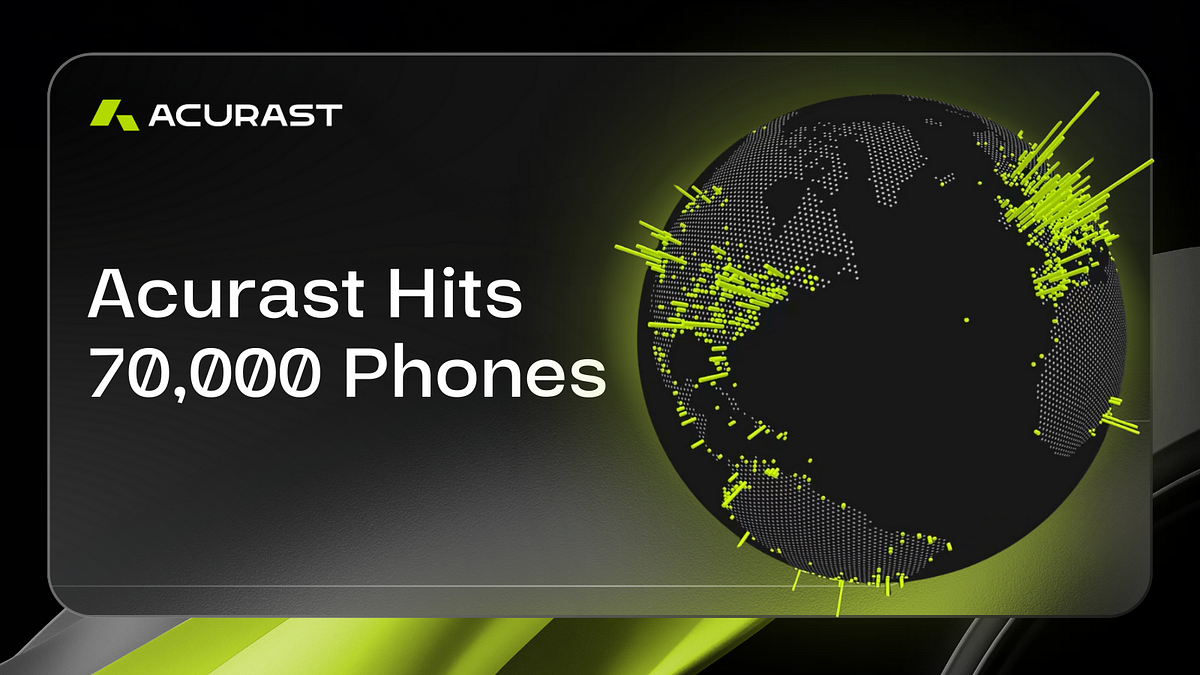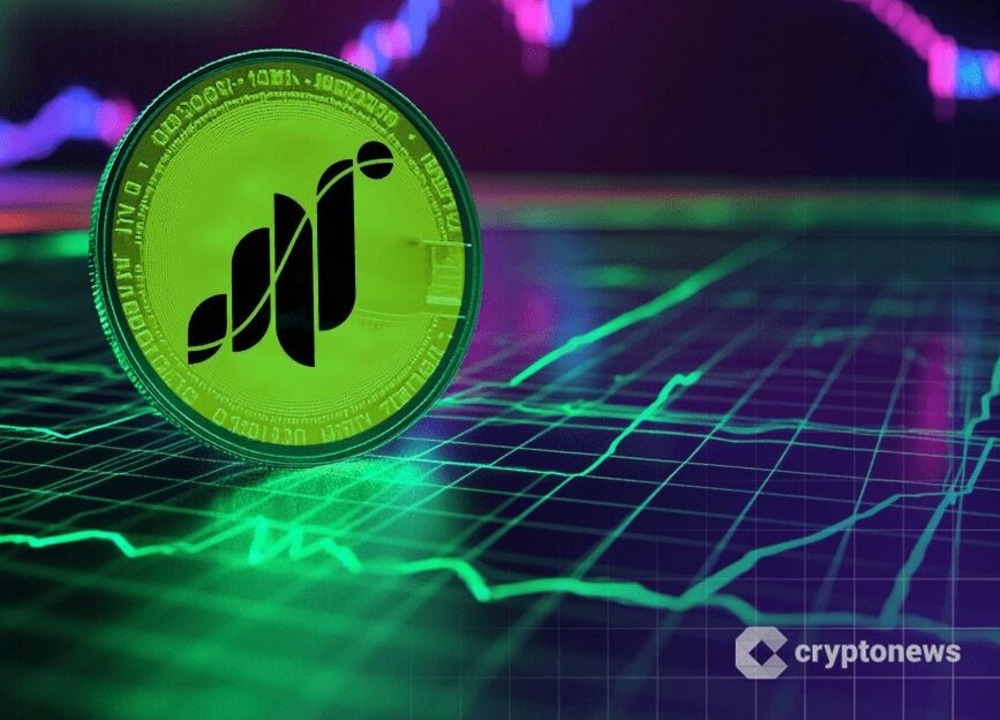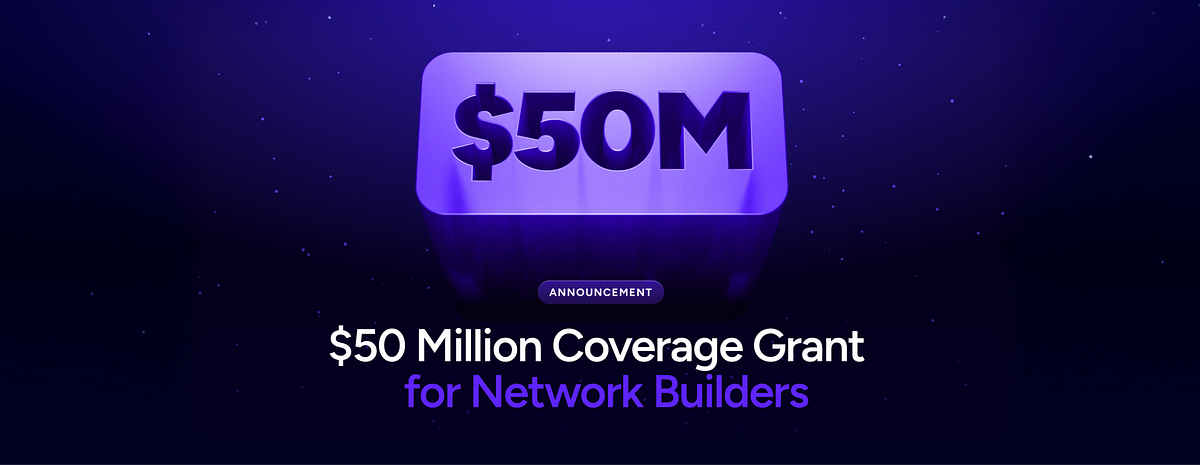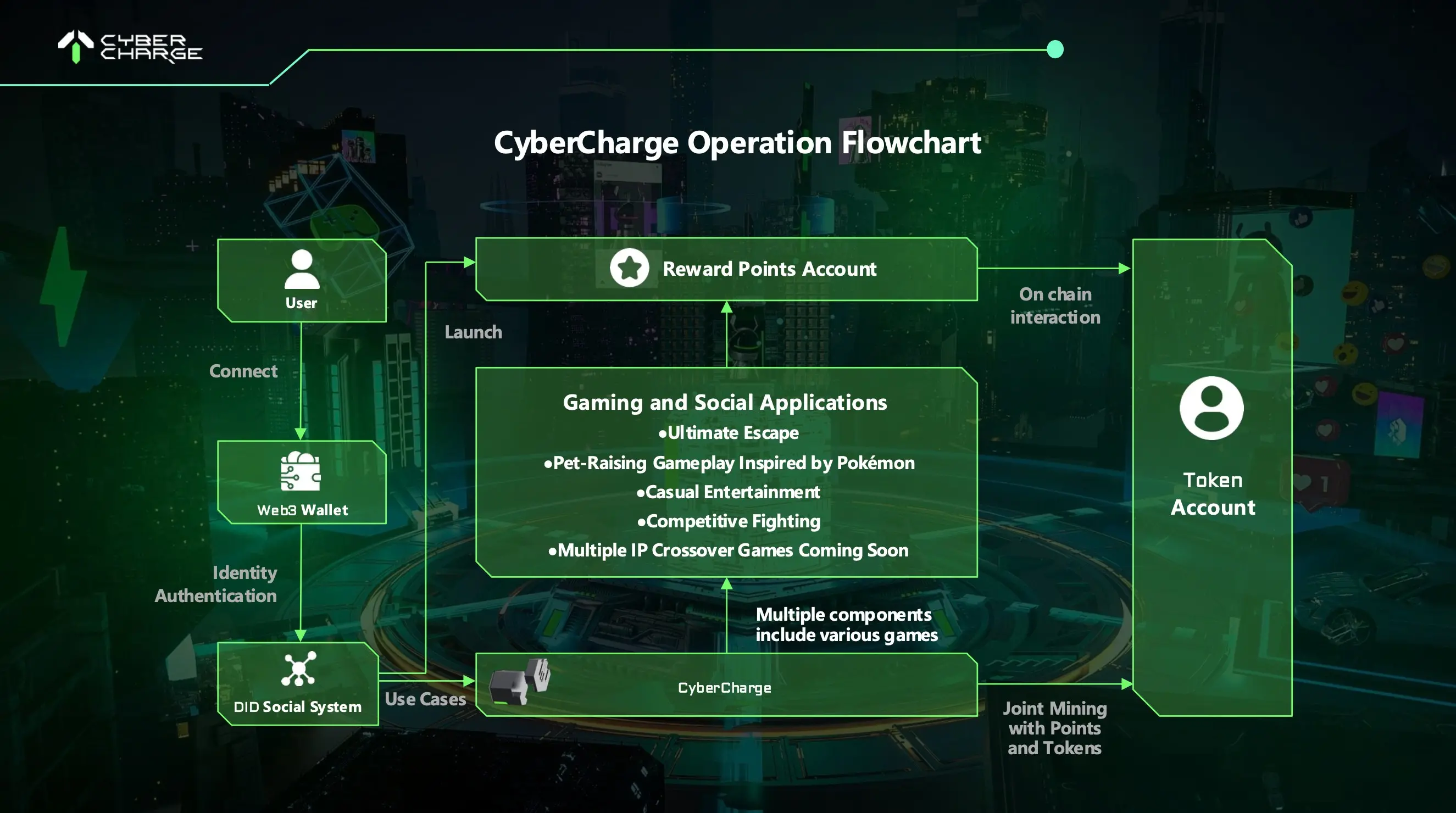The Hybrid Nature of DePIN: Balancing On-Chain and Off-Chain Computations
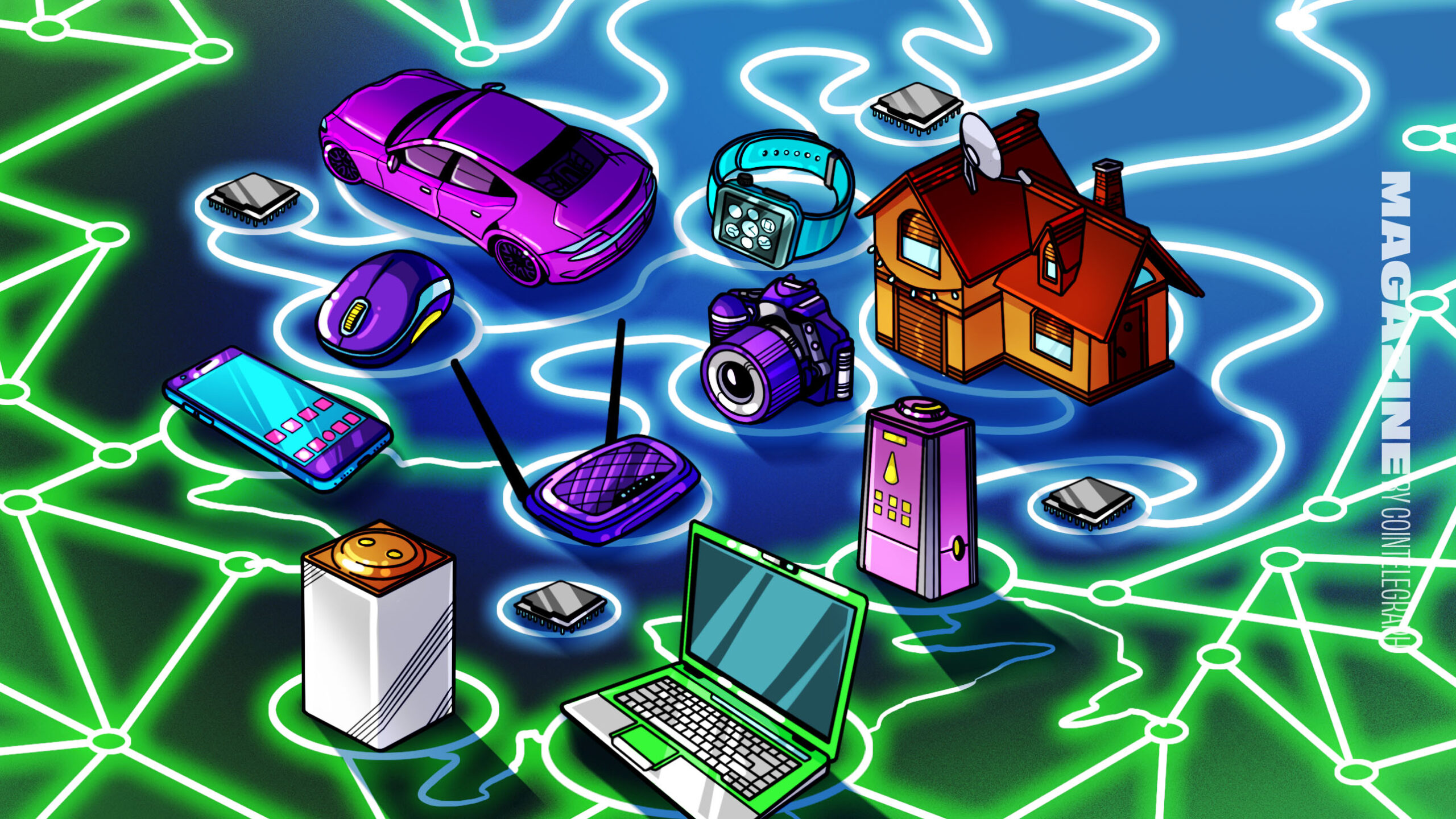
The Decentralized Physical Infrastructure Network (DePIN) is emerging as a significant narrative in the cryptocurrency space, yet many projects within this domain are not fully on-chain as one might expect. DePIN projects, which connect and manage physical devices like wireless networks and energy grids, often rely on off-chain computations to handle the vast amounts of data generated. For instance, Helium, a prominent DePIN project, transitioned from its own blockchain to Solana in April 2023, seeking faster transaction speeds. However, even Solana’s capabilities may not suffice for the real-time processing demands of many DePIN applications, leading to a hybrid model where off-chain computations are utilized alongside on-chain data recording.
Shuyao Kong, co-founder of the upcoming MegaETH, highlights that while some DePIN projects may market themselves as blockchain-centric, the reality is that fully on-chain applications are often inefficient and costly. The need for real-time computation, especially for executor devices that require immediate responses, complicates the feasibility of purely on-chain solutions. Zhe Wang, CEO of DEPHY network, categorizes IoT devices into sensors and executors, noting that while sensor data can be more easily managed off-chain, executor data demands prompt processing to avoid potential hazards. This necessity for speed and efficiency drives many DePIN projects to adopt a hybrid approach.
Looking ahead, the future of DePIN may involve a shift towards more specialized blockchain architectures that can better accommodate the unique computational needs of various applications. While current blockchain technologies struggle to support real-time transactions, there is potential for improvement as scalability advances. Experts predict that future DePIN projects will increasingly leverage modular designs, optimizing execution environments for specific tasks such as biometric processing or high-frequency sensor networks, thus balancing the benefits of on-chain and off-chain processes effectively.
Related News
